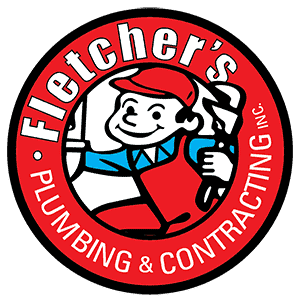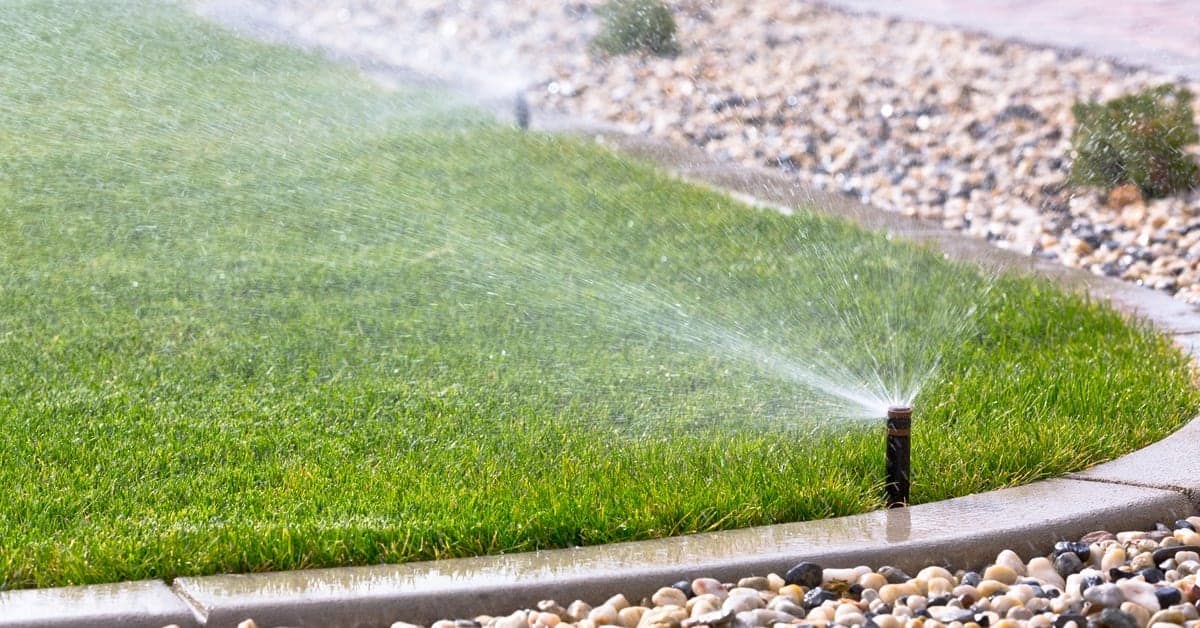Spring Cleaning Your Sprinkler System
April’s here already and before you know it, the weather will be heating up. But it’s stressful to start your sprinkler system for the first time in months, only for jets of water to fire up into the air. This month is the ideal time to assess the state of your sprinklers. When you conduct your test run, you may find yourself having to consider repairs, upgrades, or possibly pipe replacement.
Some homes still have copper pipes, which are prone to corrosion, so perhaps this could be your season to consider upgrading to PVC pipes. Here is what to consider when preparing your sprinkler system for the hot season.
When activating sprinklers for another season, there are common issues California homeowners may be confronted with:
- A malfunctioning water controller
- Clogged sprinkler heads
- Broken sprinkler heads
- Zones being skipped
- More than one zone is watered at once
- Pump makes a chattering or buzzing noise
- And the big one: A burst pipe
Like an old car, sprinkler systems require upkeep and preparation for action. So, what should you do to prepare your sprinklers for the hot weather? The first place is the control panel. It could be dirty, so give it a wipe down, and if there is battery backup functionality, install some fresh batteries.
It will take some time to assess each sprinkler head for damage or clogging. A toothbrush works well for cleaning, and if there is wear and tear, it’s possible to screw in a replacement.
With all the sprinkler heads in good shape, open the valve furthest from your water source. Also open the valve and remove the nozzle from the head on each “branch” of your system. This purges air from your system when water is turned on.
When turning on the main valve after conducting sprinkler repair or sprinkler maintenance, it is essential to do it gradually — slow and steady, with patience — to avoid a system-bursting catastrophe. When water runs clear from the ends of the sprinkler system branches, you’re good to close those valves and set the sprinkler heads.
Next, adjust your zone schedule if need be, and observe the sprinklers in each section, making notes on paper of any directional adjustments needed. This helps you remember which heads needed adjustment, and you won’t have to walk to and from the control panel several times. On top of each head is a “direction indicator” that will guide you when setting your sprinkler heads.
If part of your system has low water pressure, you may have a burst sprinkler pipe. Look for signs of leaking water, such as water bubbling up from the soil when the sprinklers system are running, a very wet area, or a depression in the ground. If you find running water, follow the water to the highest point to find the source.
If your home’s exterior suffers a burst copper pipe, it is worth upgrading to the modern standard — PVC pipe. PVC pipe is environmentally friendly and lasts longer. PVC pipes take less energy and fewer resources to make and don’t corrode, so your water should not contaminate as easily.
There’s an easy way to bypass the concern of seeing your sprinkler system shoot water every which way, or fail to function at all. As you begin your sprinkler project, be sure to call A trusted landscaping company.
Fletcher’s Plumbing & Contracting Inc. is an excavator certified with the Gold Shovel Standard Certification. Before breaking ground on sprinkler system repairs, contact us. We can help you locate your underground utility water, sewer and electrical lines, preventing unintended damage and service interruption. And if you do break a major line, we can help repair the problem with minimal damage to landscaping with trenchless technology. Click here to contact Fletcher’s Plumbing and fill in a short form about your service needs.

